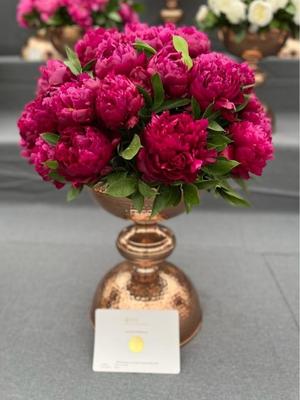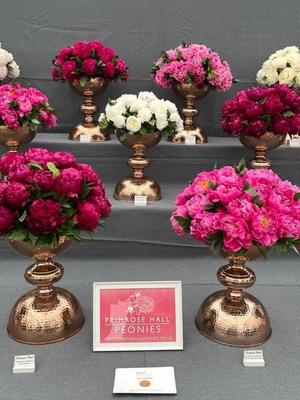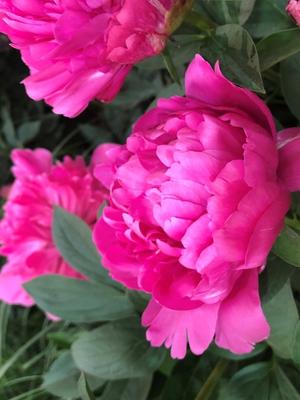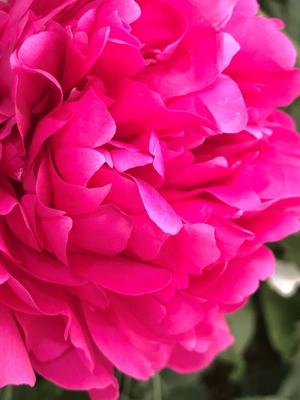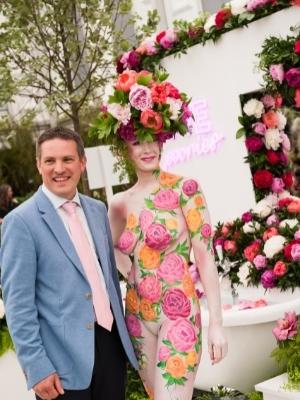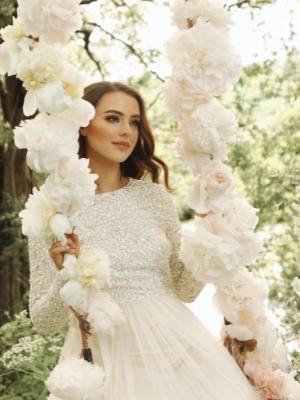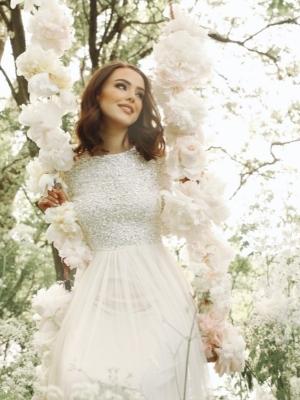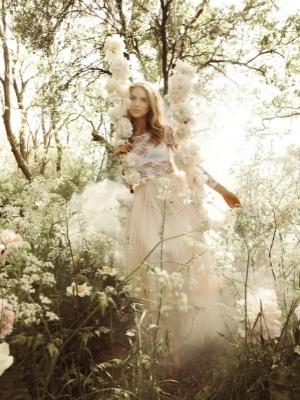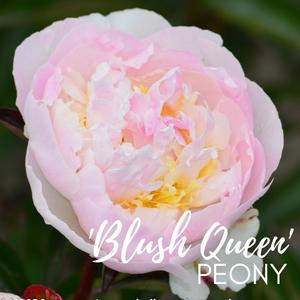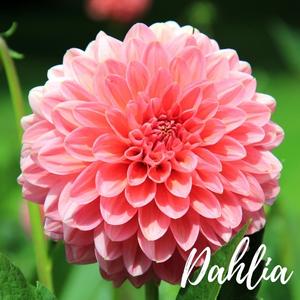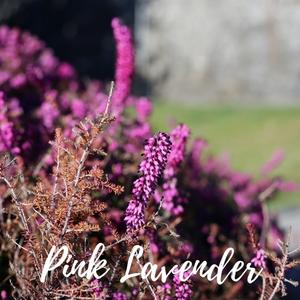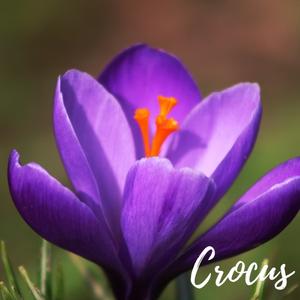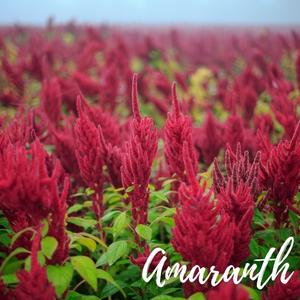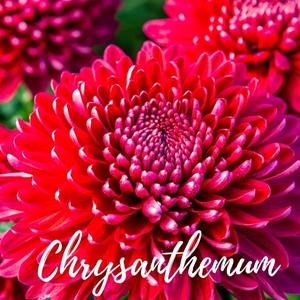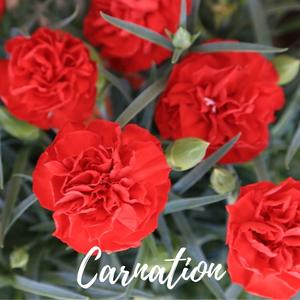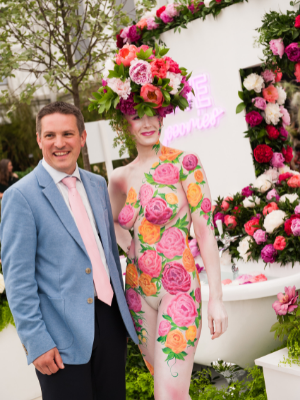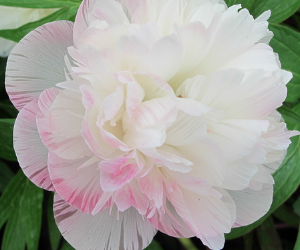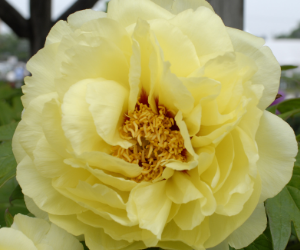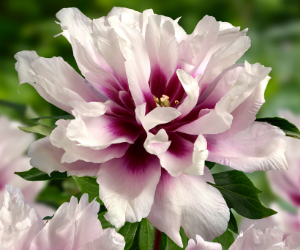Think forest bathing entails frolicking around in the woods in the buff being anointed by waterfalls?
Well, it can.
But there are many other ways to enjoy this activity, as was shown in the Forest Bathing Garden display at the RHS Hampton Court Palace Garden Festival earlier this month.
And some of our own became Gold Medalists! (pictured right)
Here’s a bit more about what went on:
Forest Bathing Garden
As we were saying, if you find being in forests brings out your inner nymph, you would’ve loved this. Forest bathing, traditionally practiced in Japan, is a restful activity allowing you to take in all the sights, sounds, feels and smells of nature. The aim with this experience was to encourage mindfulness in becoming fully aware of everything surrounding you. To be fully present with what is now.
The John King Brain Tumour Foundation Garden
This was an example of a hospital rooftop garden providing a much needed sanctuary for patients and staff to experience the calming effects of nature. This transformation of what would otherwise be unutilised, bare spaces also attracted wildlife which added to the harmony. A beautiful sculpture by Emma Rodgers and the blue and yellow colouring of the planters around it were a show of appreciation to the NHS. Even better is that this garden is now living on after the festival at the Atkinson Morley Wing at St George’s Hospital.
Connections Garden
This one was representative of Alzheimer’s Research UK, showing the impact a dementia diagnosis has on the family and friend’s. Across the front of the garden was a felled tree with saplings growing around it. The woodland entrance lead to a pathway surrounded with black, yarn-bombed synapse-like structures – conveying the confusion and disorientation of dementia – and out into a tranquil garden with Scotch thistles and giant scabious.
If you are sad you missed all this, you’ll want to get yourself to the RHS Flower Show Tatton Park.
Along with good food, music and cooking demonstrations as well as fun and earth-friendly activities for the young of age and at heart, here’s a little sample of what else to expect:
- BBC Radio 2 and The One Show’s Sow, Grow and Show sporting a competition table with cut flowers and bizarre and beautiful vegetable varieties
- The RHS and BBC North West Tonight Community Urban Garden of plants that take care of air pollution and raised beds for communal vegetable growing
- Community Borders’ accessible planting schemes that encourage a diversity of wild-life
- Greener Front Garden on how to transform a small, dull outdoor space into something inspiring and useful
There will also be The Practical Gardening Theatre where young gardeners will be encouraged to go green with helpful tips and of course plenty of flowers and plants to be inspired by in the Floral Marquee and Plant Village. As well as:
Come Lime With Me
Think “Come Dine with Me” but inspired by the designer’s Anglo-Guyanese ethnicity, this garden will show us how to “lime” - a Guyanese/Caribbean slang word for “the art of doing nothing while sharing food, drink, conversation and laughter”. Water will also be a key feature of this display depicting the concern around rising sea levels which is a serious threat to these coastal countries.
Literally Littoral
Speaking of water, this one features a water-wise “rain garden” and is made from recycled materials such as steel water tanks, scaffold boards, stone, gravel, grit and sand. A fine example of affordable, eco-friendly design that makes use of plants that are hardy along coastal areas and prevents flash flooding.
Could Car Less
Inspired by the Community garden project “Taking Root in Bootle” in 2021 by the Regenerus charity, this display shows innovative ways in which to ditch the car in favour of the more earth friendly bicycle for commuting. They will also demonstrate how to harvest rain water and practice dry-garden planting.
The Vitamin G Garden
And when it comes to the mental, physical and social benefits of gardening, well we all need a bit of 'vitamin G' in our lives. This garden will show different ways in which we can get our daily dose in spaces for contemplation, relaxation and restoration through art, plants, meditation, yoga and interacting with others.
Intrigued?
Get those tickets here.
